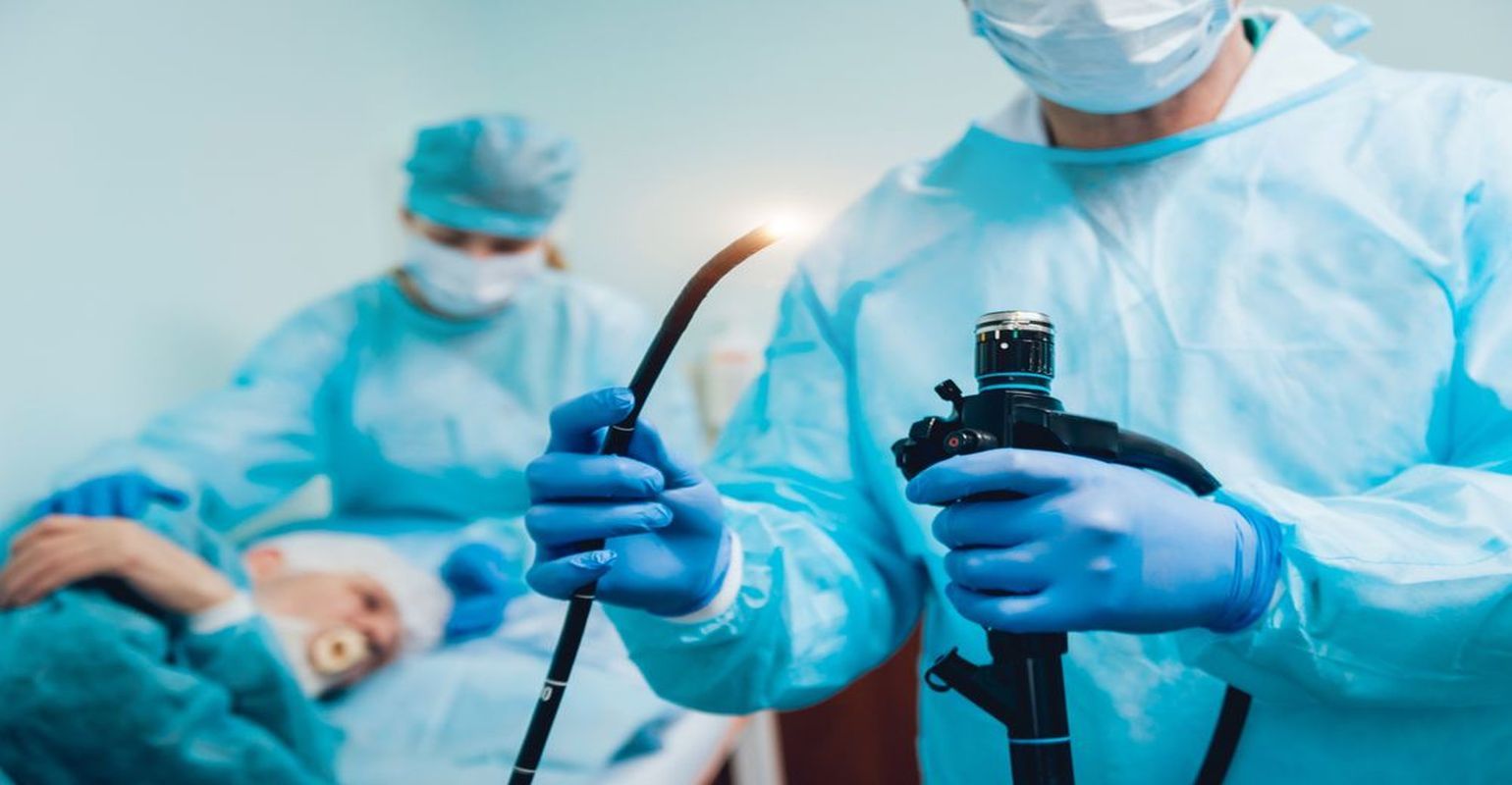Moving Away From Manual Reprocessing of Endoscopes

By Sunny Vestal, MS, CST, CRCST, CHL, CIS, CER
Endoscopes are used for therapeutic or diagnostic procedures and are highly contaminated once used (Ofstead et al., 2015). The process to clean and disinfect endoscopes is complicated and involves numerous steps and knowledge. Furthermore, the cost of labor involved in the manual reprocessing of an endoscope leaves room for opportunity. For many years, the preferred method to high-level disinfection (HLD) was the manual soak method due to low upfront costs. However, it is becoming a more widely held belief that manual cleaning poses a threat to the safety of patients as steps in the cleaning and disinfection process can be missed (Ofstead et al., 2015). Many recommendations and manufacturer’s instructions for use are moving away from allowing manual high level disinfection as an option for device reprocessing.
Countries all over the world are moving to AERs for their endoscope reprocessing needs as they understand the cost savings associated with using an AER versus manual cleaning (Funk and Reaven, 2014).
The use of an automated endoscope reprocessor (AER) limits the potential for cross contamination and ensures that all steps in the cleaning and disinfection process are met. In addition, it protects the staff member from exposure to harsh and damaging chemicals.
The driving force behind the transition to an automatic reprocessor versus manual disinfection is the increased potential for cross-contamination between patients with the manual disinfection method. Endoscopes pose a high risk to patients if not properly disinfected or sterilized. Automatic endoscope reprocessors decrease the risk for cross contamination. Some AERs have the ability to wash an endoscope nearly cutting out all of the manual reprocessing steps.
Furthermore, evidence proves that using an AER can help to reduce the bacterial growth in endoscopes as opposed to manual cleaning (Gavalda et al., 2015). Although the upfront cost of the AER and the consumables may pose a stark contrast to the cost of the manual disinfection process, the cost is ultimately offset by number of hours spent reprocessing and additional endoscopes that will be able to be processed as a result of the saved time. In a study by Ofstead, et al. (2015), viable microbes were found on endoscopes after the manual disinfection process took place. In addition to numerous other studies with similar results, AERs prove to be the better option. By switching from a manual cleaning method to an AER, practices are further aligned with patient safety measures to provide quality patient care to the population.
As direct patient-care participants, nurses and technicians in the operating or procedure room have a high level of responsibility in ensuring that endoscopes are being disinfected properly. Additionally, the physicians have an investment in the way endoscopes are disinfected as they are primarily responsible for the outcome of the patient. Accrediting bodies such as the Joint Commission and the Centers for Medicare and Medicaid Services (CMS) have high-level disinfection processes high on their radar, and rightfully so. This topic brings alarm to any healthcare provider, as there are many possibilities for human errors with a manual HLD method.
It is an industry standard that processes involving high level disinfection require a quality measurement to assess the efficacy of steps being performed (Komanduri et al., 2014). Evaluating the steps performed by manual cleaning and automatic endoscope reprocessing and performing a risk assessment in your own departments can substantiate the claim that endoscope reprocessors are superior to manual cleaning.
Sunny Vestal, MS, CST, CRCST, CHL, CIS, CER, is regional manager of sterile processing services at Scott & White Medical Center in Temple, Texas.
References:
Funk S and Reaven N. (2014). High-level endoscope disinfection processes in emerging economies: financial impact of manual process versus automated endoscope reprocessing. Journal Of Hospital Infection, 86:250-254.
Gavaldà L, Olmo AR, Hernández R, Domínguez MA, Salamonsen MR, Ayats J, Alcaide F, Soriano A and Rosell A. (2015). Microbiological monitoring of flexible bronchoscopes after high-level disinfection and flushing channels with alcohol: Results and costs. Respiratory Medicine, 109:1079-1085.
Ofstead CL, Wetzler HP, Doyle EM, Rocco CK, Visrodia KH, Baron TH and Tosh PK. (2015). Persistent contamination on colonoscopes and gastroscopes detected by biologic cultures and rapid indicators despite reprocessing performed in accordance with guidelines. Am J Infect Control, 43:794-801.
Komanduri S, Abu Dayyeh BK, Bhat YM, Chauhan SS, Gottlieb KT, Hwang JH, Konda V, Lo SK, Manfredi M, Maple JT, Murad FM, Siddiqui UD, Wallace MB and Banerjee S. (2014). Report on emerging technology: Technologies for monitoring the quality of endoscope reprocessing. Gastrointestinal Endoscopy, 80369-373. doi:10.1016/j.gie.2014.01.044
The Sterile Processing Conference Survival Guide: How to Make the Most of Your Next Event
March 25th 2025From expert speakers to cutting-edge tools, sterile processing conferences, like the 2025 HSPA Annual Conference and the SoCal SPA's Spring Conference, offer unmatched opportunities to grow your skills, expand your network, and strengthen your department's infection prevention game.
Redefining Material Compatibility in Sterilization: Insights From AAMI TIR17:2024
March 24th 2025AAMI TIR17:2024 provides updated, evidence-based guidance on material compatibility with sterilization modalities. It offers essential insights for medical device design and ensures safety without compromising functionality.